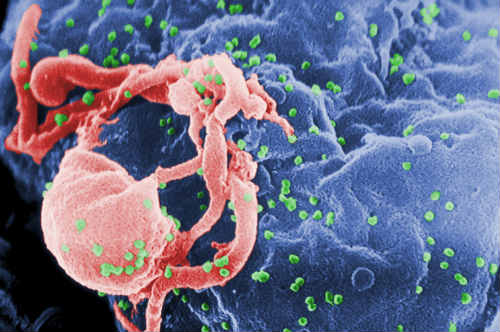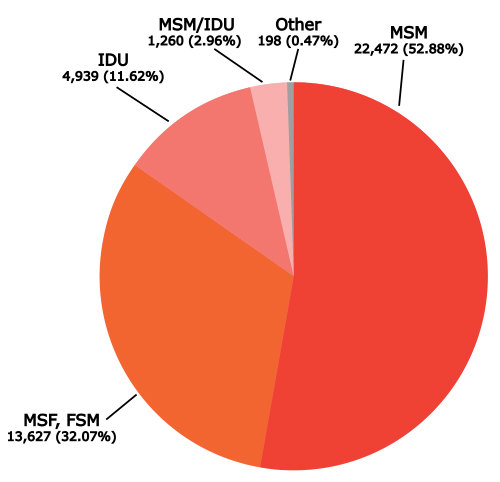- HIV screening programs are associated with increased costs.
- Increased care engagement among patients could save billions.
- A variety of programs can increase patient care compliance.
- Improved compliance is linked to improved outcomes and decreased costs.
An article published recently in Clinical Infectious Diseases suggests that current U.S. HIV/AIDS prevention and care programs are suboptimal and unnecessarily expensive – to the tune of billions of dollars. This inferior care is associated with increasing numbers of infections and increasing cost of care for those already infected.

(From Wikipedia.)
Care Engagement
The essential criticism in this paper is that the U.S. HIV/AIDS care system is overly focused on screening, according to Maunank Shah, MD PhD. In fact, care retention is the way to control the costs of HIV care. Shah et al suggested a 30-day healthcare linkage program to help patients maintain compliance to therapy.
“Failure to improve engagement in HIV care in the United States leads to excess infections, treatment costs, and deaths. Interventions that improve not just HIV screening but also retention in care are needed to optimize epidemiologic impact and cost-effectiveness,” Dr. Shah et al wrote in the abstract.
Screening is not Enough
“While continued HIV screening in high-risk groups is extremely important, our model suggests that you get the most bang for your buck targeting retention in care,” Dr Shah said in a news release from Johns Hopkins.
“Using more resources to encourage individuals to continue medical care and long-term drug therapy could transform our HIV epidemic, potentially reducing our future cases by more than 50% and saving thousands of lives every year,” he added.

(From Wikipedia.)
A projected 1.39 million new HIV infections will occur at a cost of $256 billion over the next 20 years at existing levels of HIV care engagement, according to Dr. Shah and colleagues. Dr. Shah is assistant professor of medicine at the Johns Hopkins University School of Medicine in Baltimore.
Poor engagement in care for HIV-infected individuals remains the greatest barrier to prevention of both HIV-related comorbidities and HIV transmission, noted an article on Medscape. “Despite having good treatments available, current reports suggest that fewer than half of individuals who need therapy are actually getting appropriate HIV medicine to control their virus, leading to more transmission of disease," Dr Shah noted.
